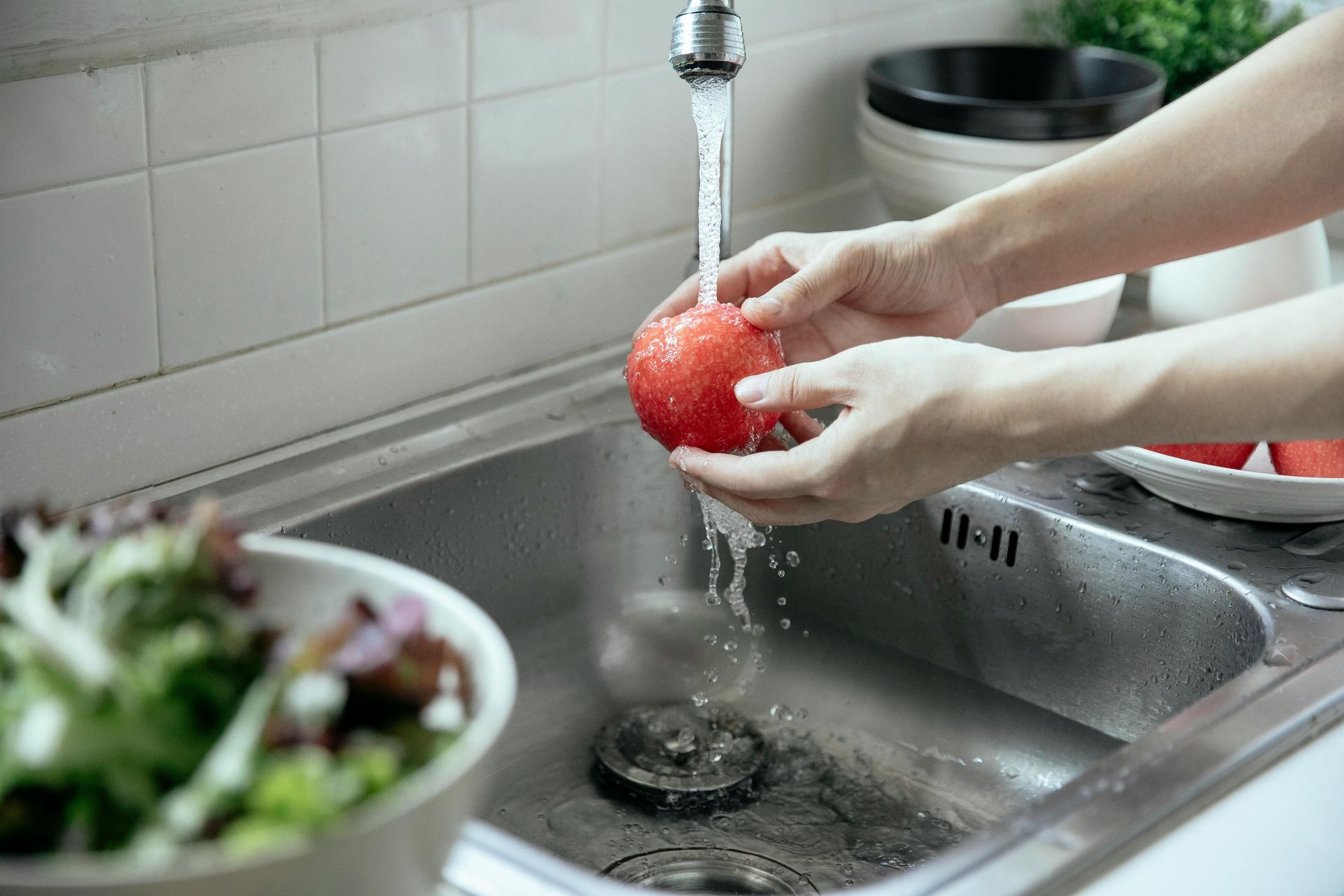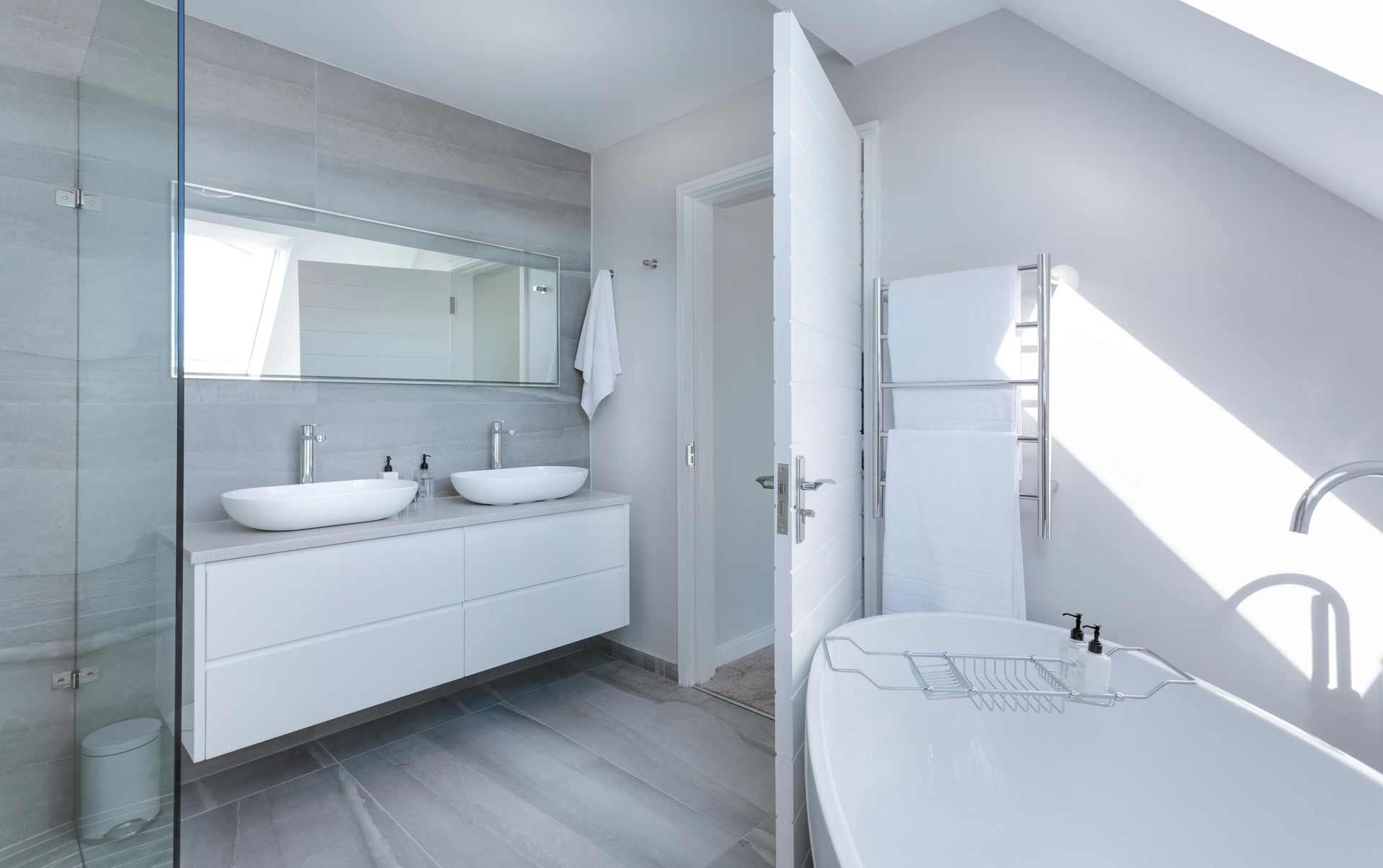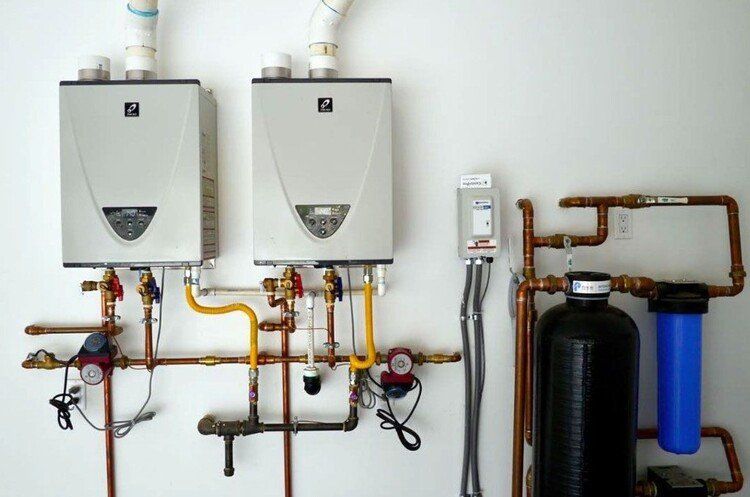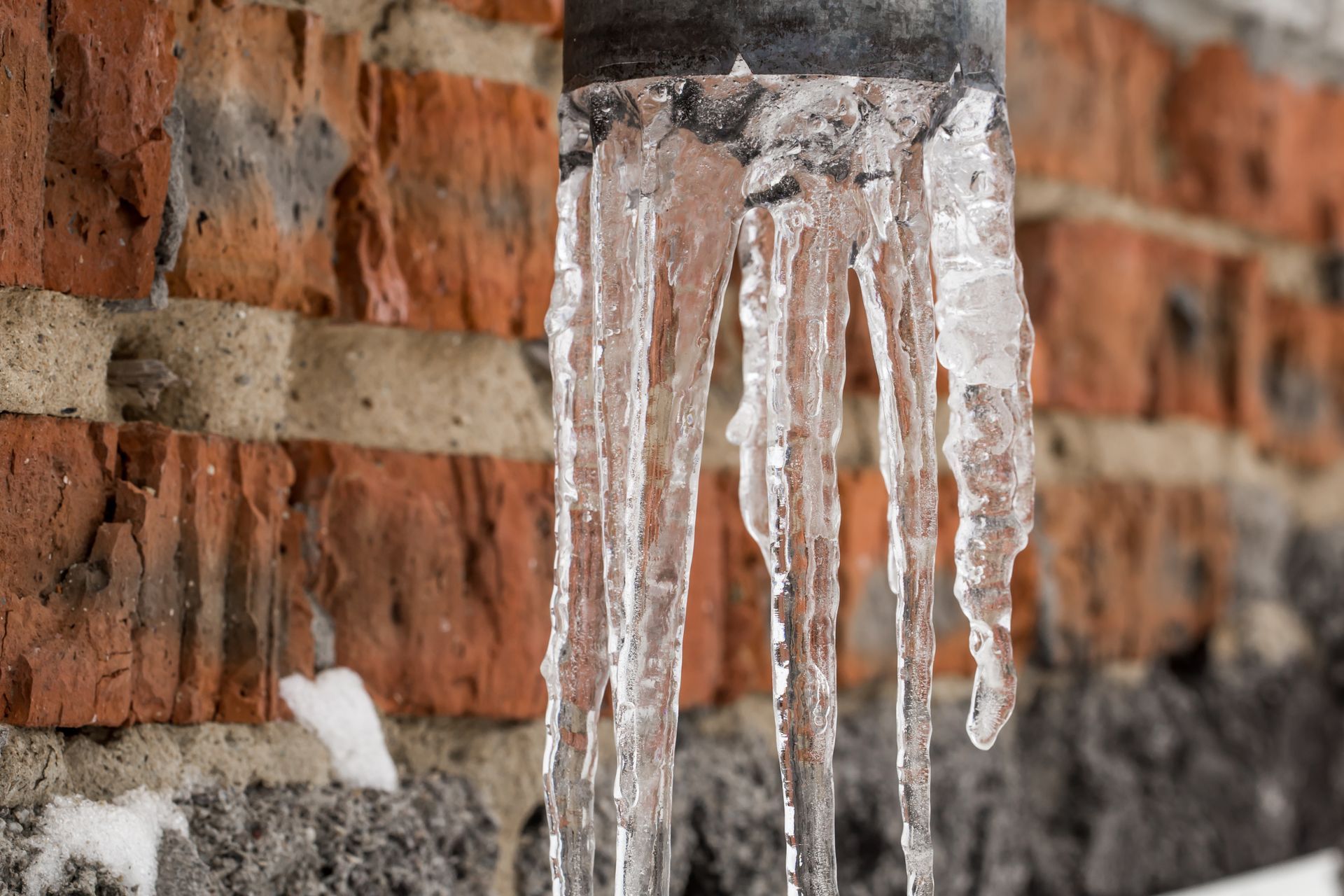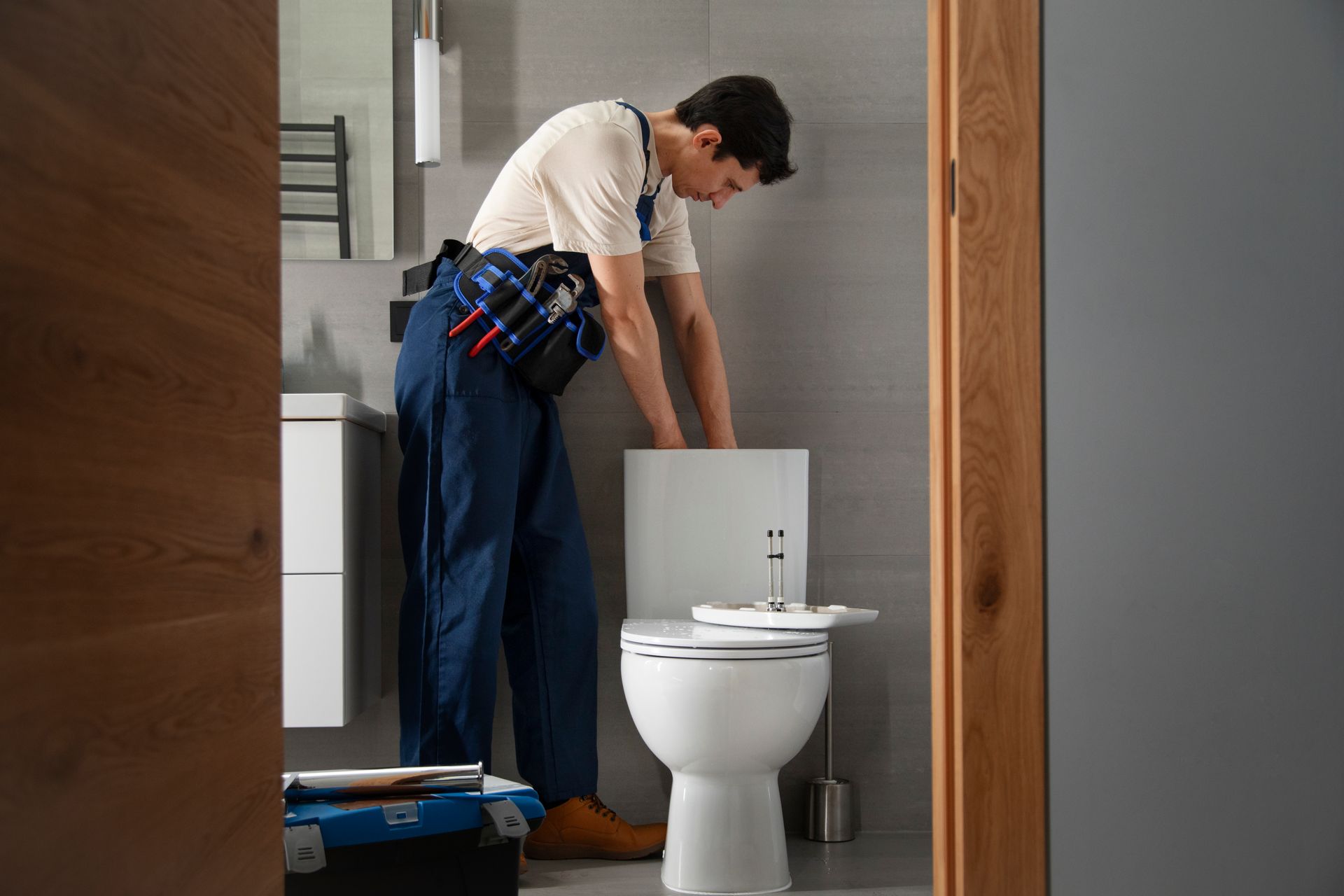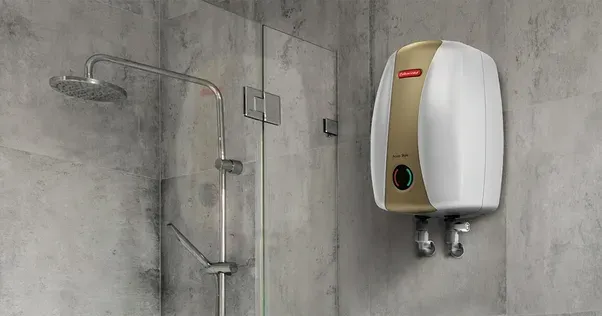How to Properly Fix Water Hammer Noises in Your Pipes?
Water hammer noises in your plumbing system are sudden banging, clanging, or knocking sounds that occur when water flow is rapidly stopped or changed direction inside pipes. These noises are more than just an annoyance—they can indicate potentially damaging plumbing issues that, if left unaddressed, risk pipe damage, leaks, or fixture failures. Fixing water hammer is essential for protecting your home’s plumbing infrastructure and maintaining a peaceful environment. This comprehensive article discusses the causes of water hammer noises, explains professional diagnostic methods, and provides a detailed step-by-step guide to resolving the issue. Drawing from expertise provided by All City Plumbers, it also references related plumbing tasks such as how to fix a leaky outdoor hose bib and sewer line replacement, emphasizing an integrated and professional approach to home plumbing care.
Understanding Water Hammer: What Causes the Noises?
Water hammer occurs when a fast-moving column of water suddenly stops or changes direction inside your plumbing pipes. Pressure surges—or hydraulic shocks—result, sending shockwaves through the water and pipes themselves. These shockwaves produce the characteristic banging sounds known as water hammer.
Several factors contribute to water hammer in residential plumbing:
Water flowing at high velocity—often caused by quick-closing valves such as those in washing machines, dishwashers, or automatic shutoff valves—creates momentum that abruptly halts when the valve closes.
Lack of water hammer arrestors or air chambers: Many plumbing systems rely on air-filled chambers or mechanical arrestors to absorb shock. If these devices are absent, drained, or malfunctioning, no shock absorption occurs, causing pipes to bang.
Loose or inadequately secured pipes: Pipes that are not properly anchored allow movement when impacted by shockwaves, amplifying noise.
Excessively high water pressure: High system pressure increases the force of water hammer surges and the risk of pipe damage.
Occasionally, water hammer can signify more significant plumbing problems such as worn valves or damaged pipes that need professional attention, including possibly sewer line replacement if excessive water hammer contributes to broader system stress.
Signs and Risks Associated With Water Hammer
The primary symptom of water hammer is the audible banging, knocking, or hammering noise emanating from your walls, floors, or near plumbing fixtures immediately after a tap or valve closes.
Additional risks linked to untreated water hammer include:
- Premature wear or damage to valves and fittings
- Pipe joint loosening or ruptures
- Increased likelihood of leaks or pipe bursts
- Potential damage to appliances like dishwashers and washing machines
Proactive resolution is imperative to preserving plumbing integrity and preventing costly repairs or emergency plumbing interventions.
Tools, Materials, and Safety Considerations
To address water hammer, homeowners or plumbers should have:
- Pipe clamps or brackets for securing loose pipes
- Water hammer arrestors (mechanical or piston-type models)
- Pressure regulator (if system pressure is too high)
- Wrenches, screwdrivers, and plumbing tools
- Teflon tape or pipe thread sealant
- Pipe insulation materials (optional)
- Safety gloves and goggles
Safety is paramount. Turn off the main water supply when performing plumbing repairs, and if you are uncertain or uncomfortable, enlist services from licensed professionals such as All City Plumbers to ensure safe and code-compliant repairs.
Step-by-Step Guide to Fixing Water Hammer Noises
Step 1: Diagnose the Problem and Locate Noise Sources
Begin by identifying when and where water hammer occurs. Commonly, noises happen near fast-closing valves or fixtures—such as washing machine fill valves or faucets with quick shutoff. Listen carefully to pinpoint pipes making the noise.
Inspect visible piping for looseness. Tap exposed pipes; if they rattle or move freely, securing them will reduce banging.
Checking your water pressure with a gauge can determine if excessively high pressure contributes to the problem. Residential water pressure above 60 psi tends to increase water hammer risks.
Step 2: Secure Loose Pipes
Using pipe clamps or brackets, anchor loose pipes tightly to framing or walls. Place clamps every few feet, focusing on areas near noisy fixtures or bends. Tightening supports reduces pipe movement and resulting noise from hydraulic shock.
Avoid over-tightening clamps, which can damage pipes.
Step 3: Install Water Hammer Arrestors
Water hammer arrestors act like shock absorbers, cushioning water pressure surges. They can be installed near problem fixtures such as washing machines, sinks, or toilets.
Choose arrestors compatible with your pipe type (copper, PVC, PEX) and fixture connections. Mechanical arrestors contain a piston and air chamber that compresses under pressure spikes, absorbing the shock.
Installation involves:
- Shutting off water supply to the fixture or zone
- Draining the fixture lines to prevent spills
- Removing existing fittings or valves where arrestors will attach
- Applying Teflon tape to threads for a watertight seal
- Screwing in the arrestor firmly but without overtightening
- Restoring water flow and testing for noise reduction
Arrestors require minimal maintenance but should be checked periodically. Over time, air cushions in traditional air chambers can dissolve, so mechanical units provide greater reliability.
Step 4: Install or Repair Air Chambers (Where Present)
Older plumbing systems may use vertical air chambers near valves to absorb shock. Over time, these chambers fill with water, losing function.
To restore:
- Shut off water supply and drain the system to empty air chambers
- Open faucets or valves downstream to vent water from chambers, restoring air space
- Alternatively, install new mechanical water hammer arrestors as a modern upgrade
Air chambers alone are often insufficient for persistent water hammer problems.
Step 5: Adjust or Install a Pressure Regulator
If water pressure is too high, install or adjust a pressure-reducing valve (PRV) near the home's main water line. Maintaining pressure within 40-60 psi reduces the force behind water hammer surges.
Testing and setting the correct pressure often requires professional plumbing tools and expertise. Excessively high pressure can damage plumbing systems over time, so this step is critical.
Step 6: Consider Other Plumbing Repairs
Water hammer can exacerbate or reveal other problems including damaged valves, corroded pipes, or faulty fixtures. For example, leaks in outdoor plumbing, such as needing to fix a leaky outdoor hose bib, can both contribute to pressure irregularities and waste water.
In severe or complex cases, especially when aging plumbing or blocked waste lines are involved, plumbing professionals may recommend sewer line replacement or broader waterline repair and replacement. Addressing entire system health prevents water hammer from recurring and checkmates related plumbing failures.
Professional Help: When to Call All City Plumbers
Many water hammer issues can be resolved with DIY steps, but if you:
- Lack plumbing experience or tools
- Encounter persistent or worsening noises after repairs
- Observe visible pipe damage or leaks
- Suspect systemic issues like high pressure or failing fixtures
- Require large-scale repairs such as sewer line replacement or complex waterline correction
Consult certified professionals like All City Plumbers. They provide expert diagnostics, advanced water hammer mitigation strategies, and comprehensive plumbing repairs that ensure long-term system stability and compliance with municipal codes.
Preventative Maintenance to Avoid Water Hammer
Beyond corrective repairs, protecting your plumbing from water hammer and related issues involves:
- Regularly inspecting and securing piping
- Testing and maintaining water pressure levels
- Promptly repairing leaks including outdoor fittings like hose bibs
- Replacing worn valves and fixtures before failure
- Scheduling annual plumbing checkups and system flushing, including maintenance of appliances and water heaters
Engaging skilled plumbing services vigilantly prevents recurrence of water hammer and prolongs your home’s plumbing life.
Conclusion
Water hammer noises are a common but significant plumbing issue that, if ignored, can lead to extensive damage and costly repairs. Through careful diagnosis, securing pipes, installing water hammer arrestors, and controlling system water pressure, you can eliminate these disruptive sounds and protect your home.
Incorporating advice and services from trusted experts like All City Plumbers—alongside timely repairs such as fixing a leaky outdoor hose bib or addressing major plumbing concerns that may require sewer line replacement—provides a comprehensive approach to maintaining a safe, quiet, and resilient plumbing system.
Early attention and professional support ensure your home remains comfortable, water-efficient, and free of unnecessary noises for years to come.

